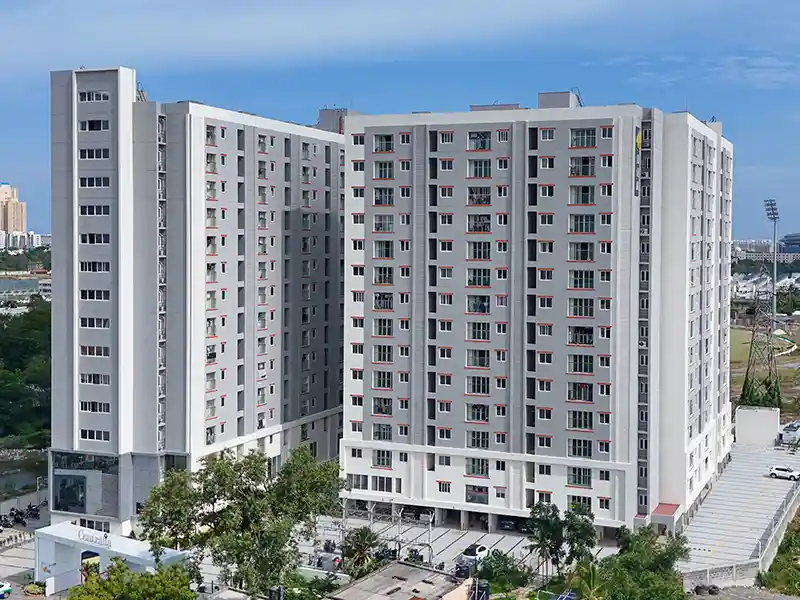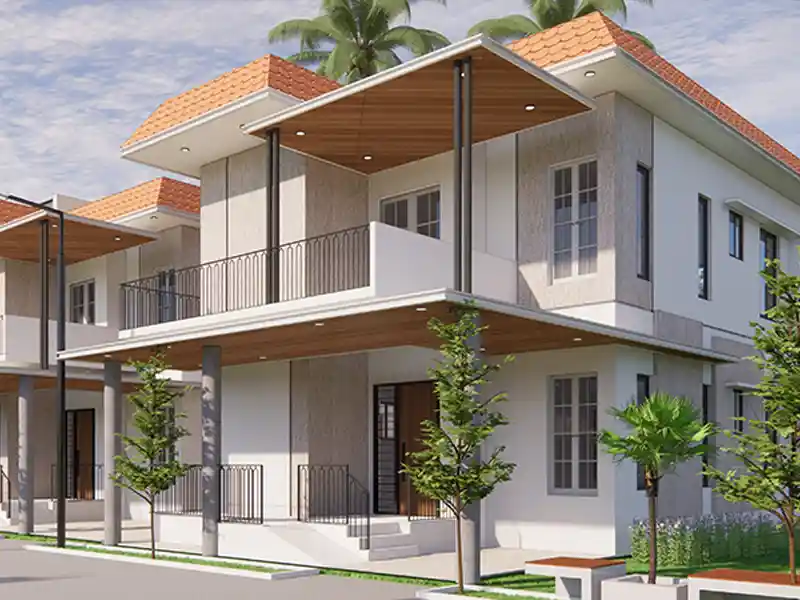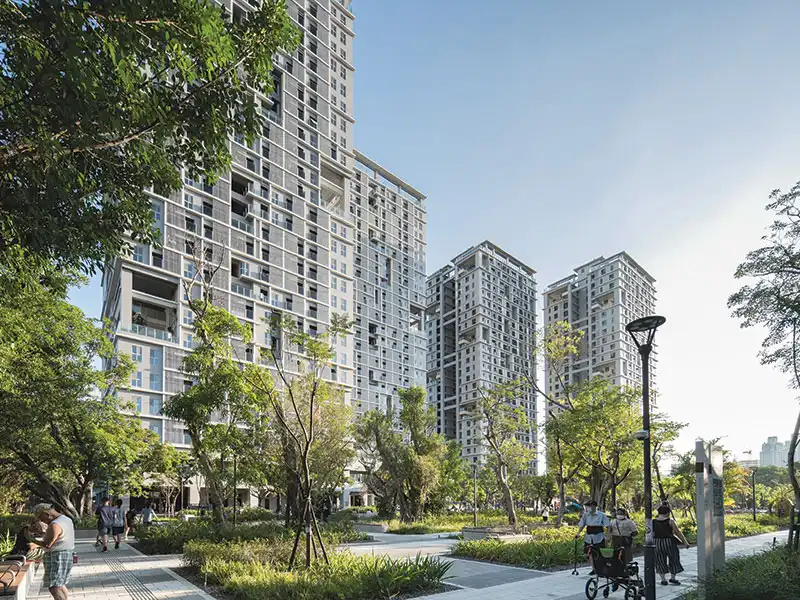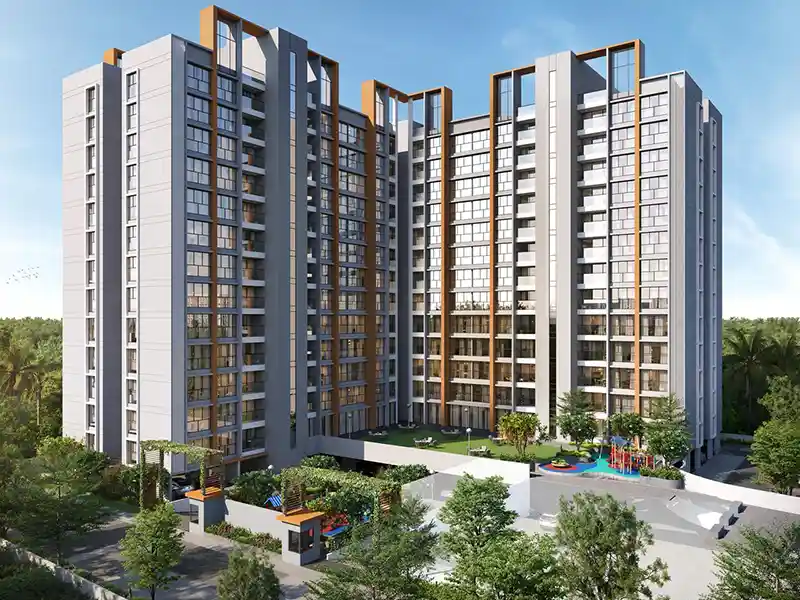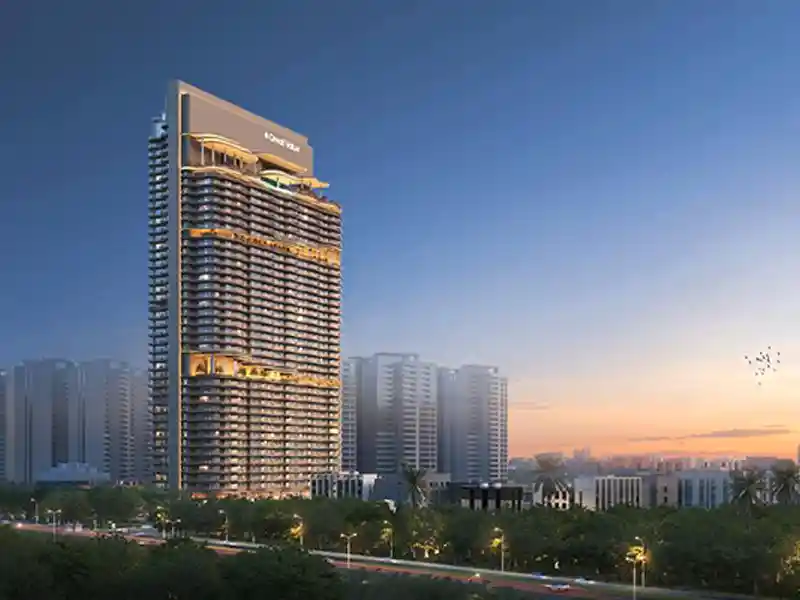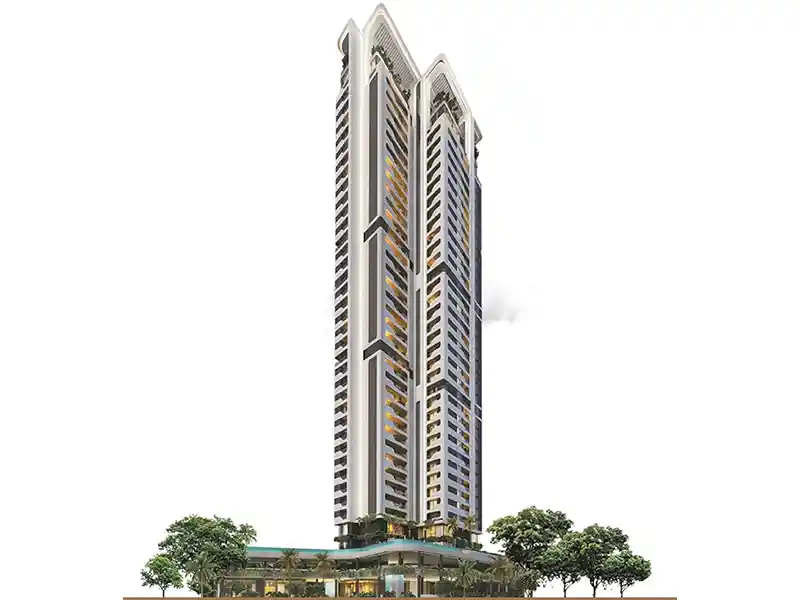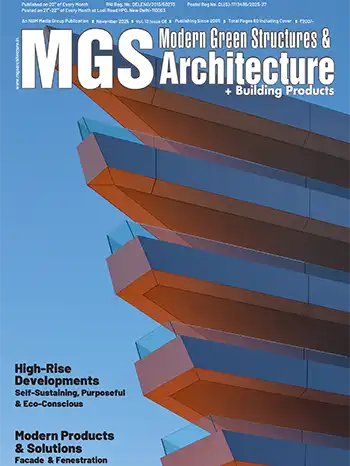Lifestyle clubhouses are transforming the Indian real estate landscape, offering residents a comprehensive suite of amenities that cater to their diverse needs and aspirations. Historically, residential amenities were limited to basic facilities like playgrounds and swimming pools. However, the evolving preferences of homebuyers have driven a significant shift towards integrated lifestyle clubhouses, which combine wellness, recreation, co-working, and community-building under one roof.
The significance of lifestyle clubhouses in modern residential complexes cannot be overstated. They foster community engagement, enhance social interaction, and significantly elevate the resident experience. Furthermore, properties with such amenities often command a premium in the market, reflecting their added value.
Avneesh Sood - Director, Eros
All Under One Roof
As per recent reports by real estate consultants like Knight Frank and JLL, the demand for well-rounded lifestyle amenities has surged, with over 60% of homebuyers now prioritizing projects that feature comprehensive clubhouse facilities.One prominent trend is the evolution of clubhouses into multifunctional spaces that offer smart gyms, wellness programs, co-working spaces, recreational activities, sustainable practices, innovation hubs, and skill development centers as integral features, catering to the diverse needs of residents.
These clubhouses offer personalized experiences through smart technology, catering to the diverse needs of residents—from young professionals and families to seniors and pet owners. There is an increasing number of homebuyers prioritizing amenities that support remote work and skill enhancement.
What’s driving the evolution of Lifestyle Clubhouses
Knight Frank and JLL highlight that more than 60% of homebuyers now prioritize projects with well-rounded clubhouse facilities. This trend is particularly pronounced in urban centers like Mumbai, Bangalore, and Delhi-NCR, where the demand for premium living experiences is highest.The driving forces behind this shift include changing demographics, with a growing number of young professionals and nuclear families seeking convenience and quality of life. Additionally, the impact of the Covid-19 pandemic has amplified the desire for self-sufficient living environments that minimize the need for external interactions. Lifestyle clubhouses provide a safe, controlled, and enriching environment where residents can work, play, and relax without leaving their residential complex.
Customisation to Enhance Resident engagement
A significant trend observed in recent years is the shift towards hyper-personalization, where amenities are tailored to the individual preferences and profiles of residents. Developers are increasingly leveraging data analytics to create customized fitness regimes, personalized activity recommendations, and bespoke social events, thereby enhancing resident satisfaction and engagement.Smart technology integration is another hallmark of modern lifestyle clubhouses. Leading projects now incorporate advanced tech solutions such as automated lighting and temperature control, app-based booking systems for facilities, and high-speed internet connectivity. According to a report by CBRE, over 50% of new residential projects in metropolitan areas now feature smart home integrations, reflecting the growing demand for tech-enabled convenience and comfort.
Holistic wellness programs are also a key component of today’s lifestyle clubhouses. Recognizing the importance of mental and physical well-being, many clubhouses offer comprehensive wellness services that include state-of-the-art fitness centers, meditation rooms, and stress management workshops. These facilities not only promote a healthy lifestyle but also create a serene environment conducive to relaxation and personal growth.
Sustainable practices are increasingly becoming a standard feature in the design and operation of lifestyle clubhouses. Developers are incorporating eco-friendly elements such as solar panels, rainwater harvesting systems, and green building materials to reduce the environmental footprint of their projects. JLL’s recent sustainability report indicates that sustainable features can increase property values by up to 10%, making them a financially viable as well as environmentally responsible choice.
Resident Led Initiatives
One of the key aspects driving this enhanced experience is the implementation of effective resident feedback mechanisms. According to Knight Frank, projects with well-equipped clubhouses see a 20% higher resident satisfaction rate.Developers are increasingly utilizing surveys, focus groups, and digital suggestion platforms to tailor clubhouse amenities to the specific preferences of their residents. This approach ensures that the clubhouse evolves in line with the community’s needs, offering personalized experiences that resonate with residents.
Successful resident-led initiatives further underscore the impact of these clubhouses. Examples include community gardening projects, book clubs, fitness challenges, and cultural events, all organized by residents. Such initiatives not only enrich the resident experience but also foster a deeper sense of community ownership and pride. JLL’s research highlights that over 60% of residents participate in clubhouse activities, underscoring their role in community building.
Economic and Environmental Implications
The rise of lifestyle clubhouses in the Indian real estate market not only enhances the resident experience but also carries significant economic and environmental implications. From an economic perspective, clubhouses contribute to premium pricing and long-term value appreciation of residential properties.According to industry analysts, apartments in projects featuring well-equipped lifestyle clubhouses command a premium price of up to 15% compared to those without such amenities. This premium reflects the growing importance that homebuyers place on integrated living experiences and community facilities.
Moreover, lifestyle clubhouses present opportunities for new revenue models, thereby supporting the financial sustainability of residential complexes. Developers are exploring partnerships with wellness brands, fitness centers, and co-working space providers to offer residents a wider range of services within the clubhouse. By monetizing these partnerships, developers can offset maintenance costs and generate additional revenue streams, ensuring the continued upkeep and enhancement of clubhouse facilities.
In terms of environmental considerations, lifestyle clubhouses are increasingly incorporating sustainable design principles and eco-friendly practices. From utilizing green building materials to implementing rainwater harvesting systems and renewable energy sources, these clubhouses are at the forefront of promoting environmental responsibility within residential communities.
Challenges
Amidst these advancements, legalities and regulatory considerations play a crucial role. Compliance with building codes, safety standards, and data privacy regulations is imperative to ensure the safety and security of residents. Recent data privacy laws in India underscore the importance of safeguarding resident information collected through clubhouse apps and smart features.Challenges abound in realizing the full potential of lifestyle clubhouses. Managing overcrowding, maintaining affordability, and ensuring inclusivity pose significant hurdles. Developers and resident associations must implement strategies to address these challenges effectively. This includes implementing booking systems to manage usage, exploring innovative revenue models to offset maintenance costs, and fostering a culture of inclusivity within the community.


